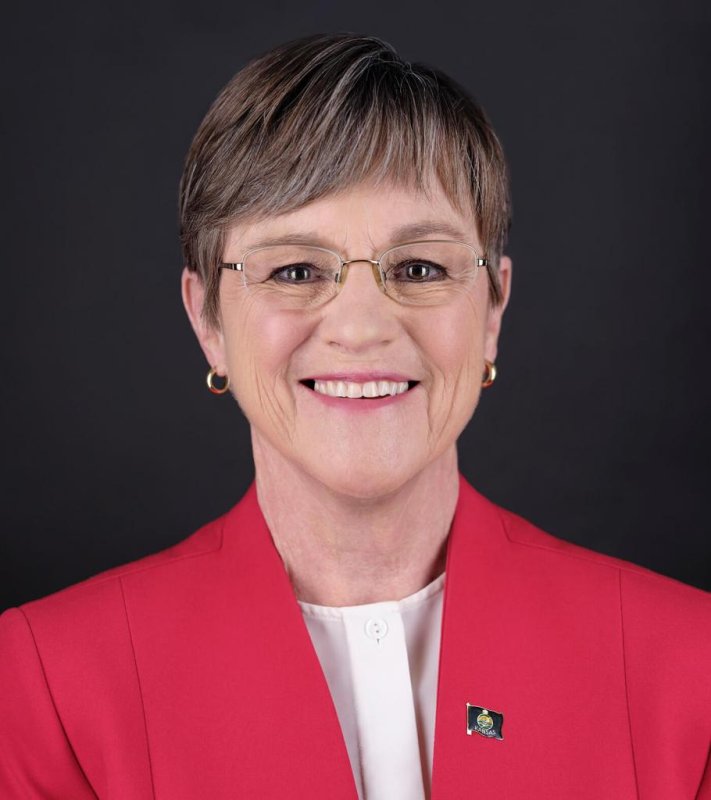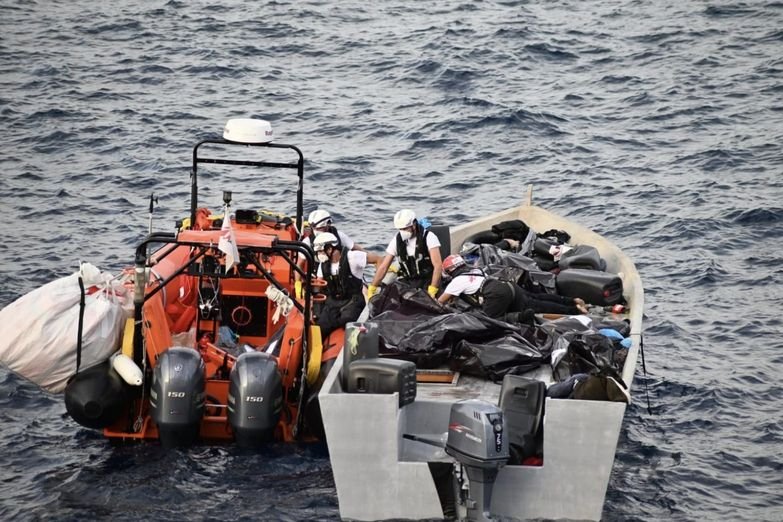By KEVIN FREKING

The U.S. Capitol on a sunny morning, April 27, 2022, in Washington.
(AP Photo/Mariam Zuhaib, File)
WASHINGTON (AP) — When Rep. Abigail Spanberger first introduced a bill banning stock trading by members of Congress and their families, the Virginia Democrat managed to get only eight co-sponsors. So far this session, 62 — or about one out of every seven House members — have signed on.
It’s a similar story in the Senate. Sen. Jeff Merkley, D-Ore., a once lonely voice on the issue, had just one co-sponsor for his proposed stock trading ban in the last two congressional sessions. Now, he has nine.
The uptick in support reflects a growing lawmaker appetite to tighten the rules around trading after several members faced heavy scrutiny for their stock transactions during the pandemic. While there’s no guarantee any of the proposals will become law, many lawmakers facing the toughest reelection races have embraced the legislation, elevating the ethics issue as a talking point — and potential point of attack — for the midterm campaigns.
Even with voters focused on issues like inflation and the war in Ukraine, Spanberger said the trading ban comes up time and again when she meets with constituents.
“No matter where I am, somebody brings it up,” said Spanberger, who is among those lawmakers facing a difficult reelection bid.
But it’s not clear sailing. Other lawmakers, particularly Republicans, are skeptical and raising concerns about the merits of such a ban and the logistics of enforcing it. And while congressional leaders say they are open to the proposals, there are doubts from some lawmakers about whether that will translate to action.
“The headwind is that some members of Congress don’t want to abide by these rules, and some of those members are in leadership,” Spanberger said.
House Speaker Nancy Pelosi, D-Calif., initially said she did not support a stock trading ban back in December. “We are a free market economy. They should be able to participate in that,” she told reporters. But in February she announced she was open to one. “It’s complicated, and members will figure it out. And then we’ll go forward with what the consensus is,” she said.
Under current law, members of Congress and government employees must report the sale and purchases of stocks, bonds, commodity futures and other securities no more than 30 days after learning they were made and within 45 days of a transaction exceeding $1,000.
But lawmakers have been routinely late in filing such notices, and in some cases didn’t file at all, leading to a flurry of complaints to the House Ethics Committee.
During a House hearing on the issue in April, Rep. Rodney Davis, R-Ill., said it’s clear the current disclosure laws aren’t working as intended. But he characterized the violations as mostly inadvertent.
Davis said he’s heard little from constituents about the stock trading and worries that requiring lawmakers to put assets in a blind trust would prove inordinately expensive for many lawmakers. Still, he’s open to finding a compromise “that doesn’t encourage the ultra wealthy to be only ones to run for Congress.”
Rep. Barry Loudermilk, R-Ga., went further. He said Americans have the “right and freedom to participate in a free and fair market economy.”
“It’s not going to make a difference to me personally, but it does make a difference to me as an American citizen,” he said.
Watchdog groups warned at the hearing that public disclosure of stock trades has failed to deter lawmakers from owning and trading stocks in companies subject to their oversight, eroding voter trust.
California Rep. Zoe Lofgren, the Democratic chair of the House Administration Committee who has been reviewing the various trading bills introduced, said this week she was “hopeful” of getting a bill through her committee. But she also said “it’s way more complicated than I understood when I first started looking at it.”
Support for the trading ban is bipartisan. Rep. Chip Roy, R-Texas, co-authored the bill with Spanberger, but the vast majority of co-sponsors of the various bills are Democrats. That includes progressives such as Sen. Elizabeth Warren, D-Mass., and Rep. Alexandria Ocasio-Cortez, D-N.Y.
Several Democrats facing tough reelection battles have also signed on as co-sponsors. The list includes Reps. Jared Golden of Maine, Sharice Davids of Kansas, Angie Craig of Minnesota, Kim Schrier of Washington, Elissa Slotkin of Michigan and Tom Malinowski of New Jersey.
Malinowski is under an Ethics Committee investigation after the Office of Congressional Ethics determined there was substantial reason to believe he failed to properly disclose stocks that he purchased or sold. Malinowski said his trading activity was conducted by a third-party investment manager without his involvement. He has since established a qualified blind trust to manage his investments. But Republicans have made the trades and the ethics investigation an issue as they try to win back Malinowski’s New Jersey seat.
Slotkin said she was elected in 2018 after promising not to accept donations from corporate political action committees. She called it a defining issue in that race, and she views the proposed trading ban as an extension of that effort.
“Anything that we can do to clean up the perception about elected officials is good for democracy,” Slotkin said.
She said she shares Spanberger’s concern that Pelosi doesn’t consider the stock trading ban a priority.
“When the speaker wants something to get done, it gets done. When she doesn’t want it to get done, you have to fight to get it on the agenda, and that is the place where we are at,” Slotkin said.
In the Senate, 13 Democratic lawmakers, but no Republicans, have signed onto a bill from Sen. Jon Ossoff of Georgia that would require lawmakers and their spouses and children to place their securities in a blind trust. Three Democratic senators viewed as having the toughest reelection races this year are co-sponsors: Sens. Mark Kelly of Arizona, Raphael Warnock of Georgia and Catherine Cortez Masto of Nevada.
Larry Parnell, director of the strategic public relations program at George Washington University, said Democratic candidates have had a muddled message going into the midterms because “they’re sort of halfway in, halfway out on certain elements of the Biden agenda.” But he believes the stock trading ban is one idea “that everyone can get behind.”
“Its a win-win situation for anyone looking for a populist message to bring to the market,” Parnell said.
WASHINGTON (AP) — When Rep. Abigail Spanberger first introduced a bill banning stock trading by members of Congress and their families, the Virginia Democrat managed to get only eight co-sponsors. So far this session, 62 — or about one out of every seven House members — have signed on.
It’s a similar story in the Senate. Sen. Jeff Merkley, D-Ore., a once lonely voice on the issue, had just one co-sponsor for his proposed stock trading ban in the last two congressional sessions. Now, he has nine.
The uptick in support reflects a growing lawmaker appetite to tighten the rules around trading after several members faced heavy scrutiny for their stock transactions during the pandemic. While there’s no guarantee any of the proposals will become law, many lawmakers facing the toughest reelection races have embraced the legislation, elevating the ethics issue as a talking point — and potential point of attack — for the midterm campaigns.
Even with voters focused on issues like inflation and the war in Ukraine, Spanberger said the trading ban comes up time and again when she meets with constituents.
“No matter where I am, somebody brings it up,” said Spanberger, who is among those lawmakers facing a difficult reelection bid.
But it’s not clear sailing. Other lawmakers, particularly Republicans, are skeptical and raising concerns about the merits of such a ban and the logistics of enforcing it. And while congressional leaders say they are open to the proposals, there are doubts from some lawmakers about whether that will translate to action.
“The headwind is that some members of Congress don’t want to abide by these rules, and some of those members are in leadership,” Spanberger said.
House Speaker Nancy Pelosi, D-Calif., initially said she did not support a stock trading ban back in December. “We are a free market economy. They should be able to participate in that,” she told reporters. But in February she announced she was open to one. “It’s complicated, and members will figure it out. And then we’ll go forward with what the consensus is,” she said.
Under current law, members of Congress and government employees must report the sale and purchases of stocks, bonds, commodity futures and other securities no more than 30 days after learning they were made and within 45 days of a transaction exceeding $1,000.
But lawmakers have been routinely late in filing such notices, and in some cases didn’t file at all, leading to a flurry of complaints to the House Ethics Committee.
During a House hearing on the issue in April, Rep. Rodney Davis, R-Ill., said it’s clear the current disclosure laws aren’t working as intended. But he characterized the violations as mostly inadvertent.
Davis said he’s heard little from constituents about the stock trading and worries that requiring lawmakers to put assets in a blind trust would prove inordinately expensive for many lawmakers. Still, he’s open to finding a compromise “that doesn’t encourage the ultra wealthy to be only ones to run for Congress.”
Rep. Barry Loudermilk, R-Ga., went further. He said Americans have the “right and freedom to participate in a free and fair market economy.”
“It’s not going to make a difference to me personally, but it does make a difference to me as an American citizen,” he said.
Watchdog groups warned at the hearing that public disclosure of stock trades has failed to deter lawmakers from owning and trading stocks in companies subject to their oversight, eroding voter trust.
California Rep. Zoe Lofgren, the Democratic chair of the House Administration Committee who has been reviewing the various trading bills introduced, said this week she was “hopeful” of getting a bill through her committee. But she also said “it’s way more complicated than I understood when I first started looking at it.”
Support for the trading ban is bipartisan. Rep. Chip Roy, R-Texas, co-authored the bill with Spanberger, but the vast majority of co-sponsors of the various bills are Democrats. That includes progressives such as Sen. Elizabeth Warren, D-Mass., and Rep. Alexandria Ocasio-Cortez, D-N.Y.
Several Democrats facing tough reelection battles have also signed on as co-sponsors. The list includes Reps. Jared Golden of Maine, Sharice Davids of Kansas, Angie Craig of Minnesota, Kim Schrier of Washington, Elissa Slotkin of Michigan and Tom Malinowski of New Jersey.
Malinowski is under an Ethics Committee investigation after the Office of Congressional Ethics determined there was substantial reason to believe he failed to properly disclose stocks that he purchased or sold. Malinowski said his trading activity was conducted by a third-party investment manager without his involvement. He has since established a qualified blind trust to manage his investments. But Republicans have made the trades and the ethics investigation an issue as they try to win back Malinowski’s New Jersey seat.
Slotkin said she was elected in 2018 after promising not to accept donations from corporate political action committees. She called it a defining issue in that race, and she views the proposed trading ban as an extension of that effort.
“Anything that we can do to clean up the perception about elected officials is good for democracy,” Slotkin said.
She said she shares Spanberger’s concern that Pelosi doesn’t consider the stock trading ban a priority.
“When the speaker wants something to get done, it gets done. When she doesn’t want it to get done, you have to fight to get it on the agenda, and that is the place where we are at,” Slotkin said.
In the Senate, 13 Democratic lawmakers, but no Republicans, have signed onto a bill from Sen. Jon Ossoff of Georgia that would require lawmakers and their spouses and children to place their securities in a blind trust. Three Democratic senators viewed as having the toughest reelection races this year are co-sponsors: Sens. Mark Kelly of Arizona, Raphael Warnock of Georgia and Catherine Cortez Masto of Nevada.
Larry Parnell, director of the strategic public relations program at George Washington University, said Democratic candidates have had a muddled message going into the midterms because “they’re sort of halfway in, halfway out on certain elements of the Biden agenda.” But he believes the stock trading ban is one idea “that everyone can get behind.”
“Its a win-win situation for anyone looking for a populist message to bring to the market,” Parnell said.











